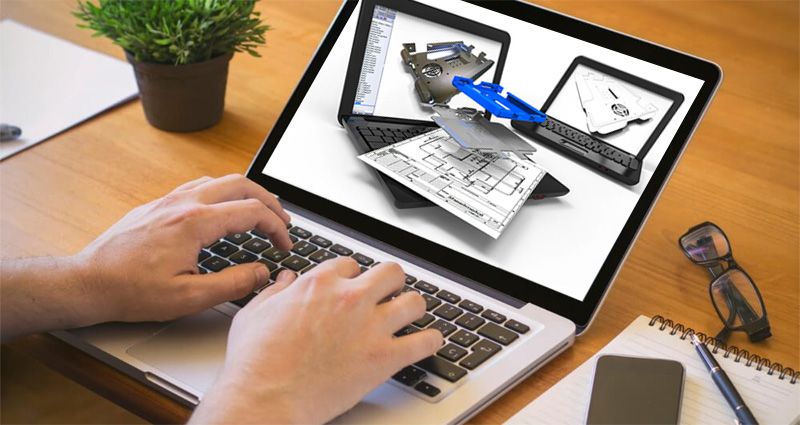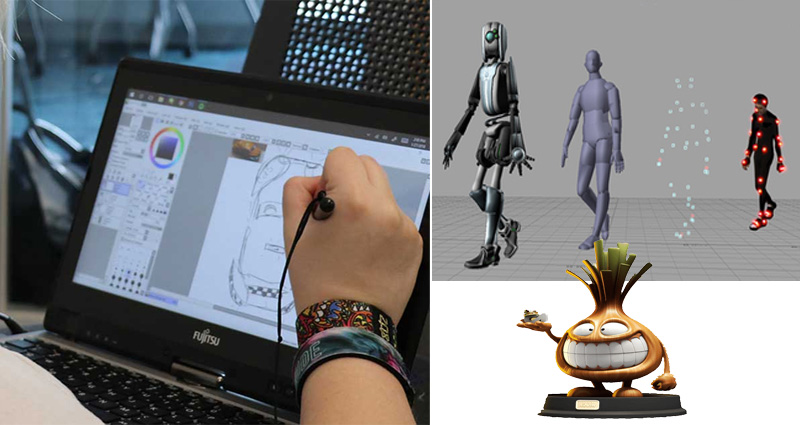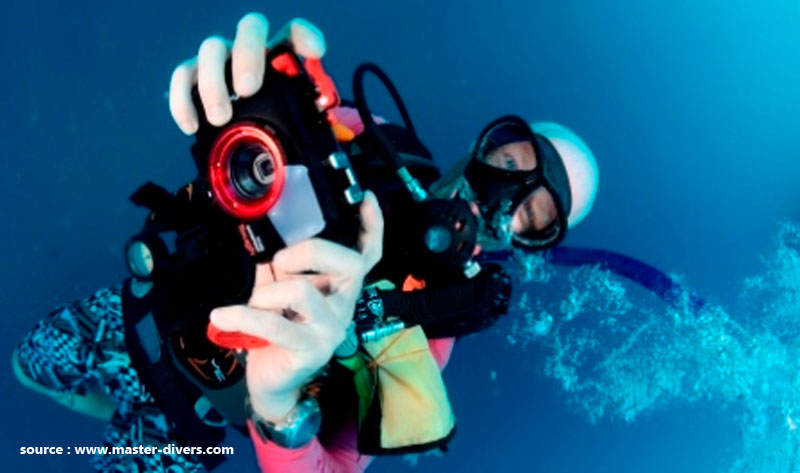Types of Computer Graphics
There are many types of computer graphics. They can be divided by size, image, and interaction. Depending on what they are used for, computer graphics can be either depictions of something or the end result. Listed below are a few examples of each type of computer graphics. To learn more, check out our interactive computer graphics articles. And, if you haven’t already, check out our articles on 2D and 3D computer graphics.
Interactive computer graphics
An interactive computer graphics book includes new techniques and applications of this technology. It also discusses different approaches, evaluations, and methodologies used to create graphics. It’s an excellent resource for anyone seeking to learn about interactive computer graphics. Although there are many benefits to using interactive computer graphics, there are also many disadvantages. The primary downside is the increase in size of the webpage. Some users may experience problems loading interactive graphics, or they might … Continue reading >>>














